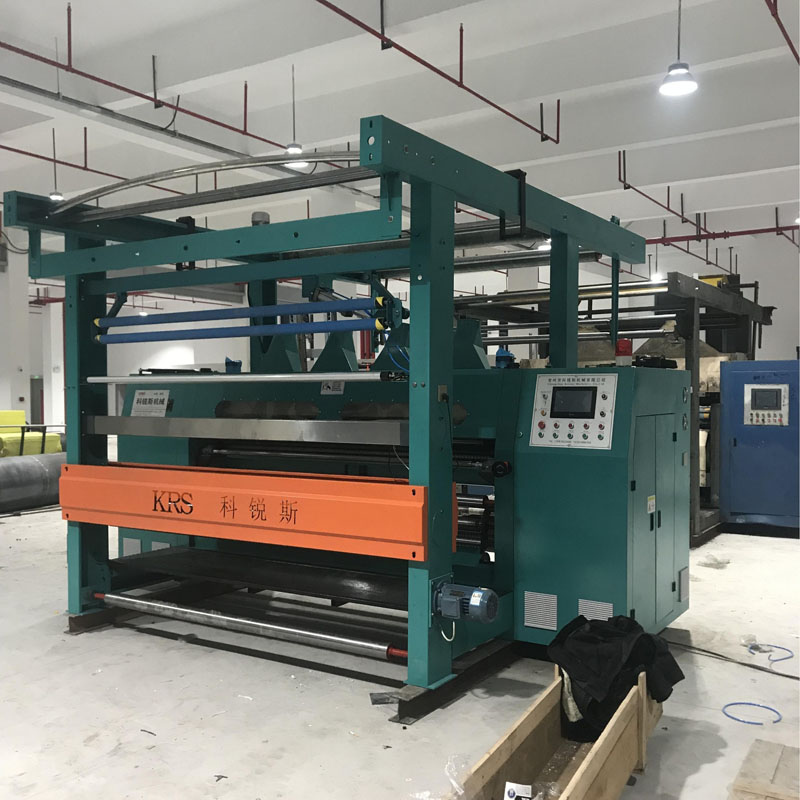Understanding the Differences: Automatic vs. Manual Shearing Machines
2024-04-20
In the world of metalworking and fabrication, shearing machines play a crucial role in cutting various materials with precision and efficiency. However, not all shearing machines are created equal. There are significant differences between automatic and manual shearing machines, particularly in terms of operation and efficiency. Let's delve deeper into these disparities to understand how each type impacts industrial processes.
Manual Shearing Machines:
Manual shearing machines, also known as hand shears or manual guillotine shears, are operated by hand without the assistance of automated systems. These machines typically consist of a blade, a back gauge, and a lever mechanism. The operator manually positions the material to be cut, adjusts the back gauge for desired dimensions, and then operates the lever to bring the blade down onto the material.
Operation:
In manual shearing machines, the operator's physical effort is the driving force behind the cutting process. The operator must apply consistent pressure to the lever to achieve clean cuts. This process requires skill and precision, as the operator needs to align the material accurately and maintain a steady cutting motion.
Efficiency:
While manual shearing machines are relatively simple and cost-effective, they have limitations in terms of efficiency. The cutting speed and throughput are dependent on the operator's speed and stamina, making them slower compared to automatic machines. Additionally, manual shearing machines are more prone to errors and inconsistencies, leading to lower overall productivity.
Automatic Shearing Machines:
Automatic shearing machines, on the other hand, are equipped with advanced technology and automation systems to streamline the cutting process. These machines feature motorized blades, programmable controls, and sensors for precise cutting operations.
Operation:
Automatic shearing machines eliminate the need for manual effort in the cutting process. The operator inputs the desired dimensions and settings into the control panel, and the machine takes care of the rest. The material is fed into the machine, and the blade executes precise cuts according to the programmed parameters. Some automatic shearing machines even feature CNC (Computer Numerical Control) systems, allowing for complex cutting patterns and shapes.
Efficiency:
The automation and precision of automatic shearing machines result in significantly higher efficiency compared to manual counterparts. These machines can achieve faster cutting speeds and consistent quality, leading to increased productivity and reduced material waste. Additionally, automatic shearing machines require less operator intervention, freeing up manpower for other tasks and reducing labor costs in the long run.
Conclusion:
In summary, the differences between automatic and manual shearing machines are evident in their operation and efficiency. While manual shearing machines rely on manual labor and are limited in speed and accuracy, automatic shearing machines leverage automation and advanced technology to optimize cutting processes for higher productivity and precision.
When deciding between the two types of machines, it's essential to consider factors such as production volume, cutting requirements, and budget. While manual shearing machines may be suitable for small-scale operations or occasional cutting tasks, automatic shearing machines are ideal for high-volume production environments where efficiency and consistency are paramount.
Overall, understanding these differences can help businesses make informed decisions when investing in shearing equipment, ensuring they choose the right solution to meet their specific needs and maximize productivity.



